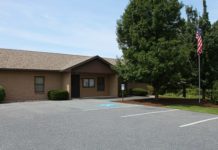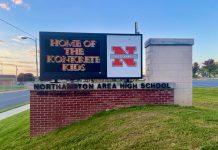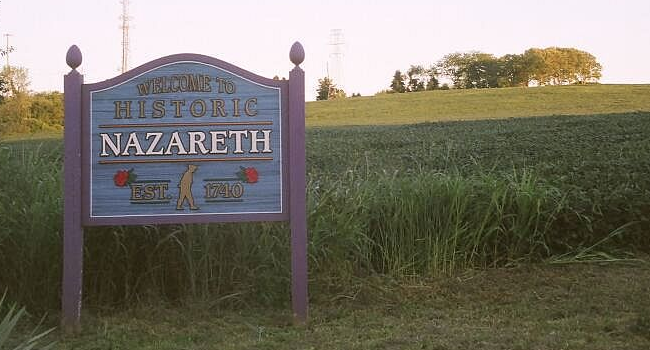
by Larry Oberly and Ed Pany
In this fourth column the Cement News reported on the development of the flu in October and November.
November showed no changes in conditions for our town. Reports of the epidemic were continuous, but some doctors only reported very serious cases. Some seemed to credit pneumonia and other respiratory illnesses such as heavy colds rather than the flu. This made it hard to reach a trustworthy report on this disease. There were reports of entire families with mild cases, but the number of cases had not decreased. Under this Board of Health, physicians and other authorities come into considerable blame for allowing this or refusing that…keeping the schools open and the hotels closed.
There were reports of children going to school where the influenza had attacked one or more members of the family. But this was hardly true where a doctor had reported a case and the Health Officer had a placard on the door of the home. (When a case was reported the Health Department would order the inhabitants quarantined and designated that for all to see with a placard on the front door. To remove the placard out of embarrassment or any other reason was a criminal offense. It could only be removed by the Board of Health or doctor.) If the doctor did not rule illness a case of the influenza, he could not say that the child had to stay home from school.
By October 25, 37 deaths had occurred in Northampton. Of those, 22 deaths were from pneumonia and all but four of them were foreigners (a name given to many who had emigrated from Eastern Europe to work in our cement mills between 1895 and 1910). Four days later the death toll had risen to 51, and 88 families were under quarantine. Two weeks later the quarantine was adjusted by the Board of Health; the hotels, breweries, and wholesale liquor dealers were allowed to open for business. The Cement News reported that all this made it “Monkey-do” in Northampton.
Next time we look at Thanksgiving and Christmas of 1918.








